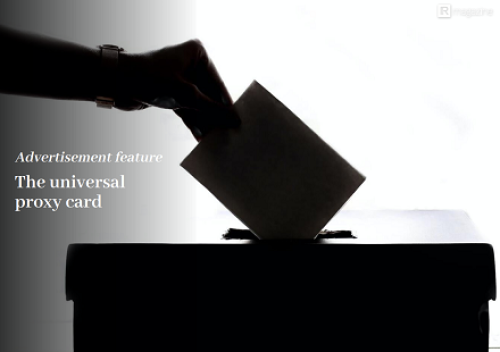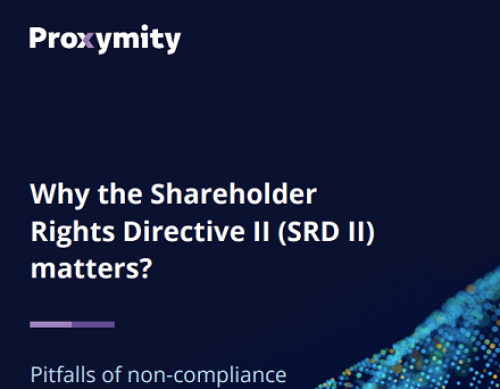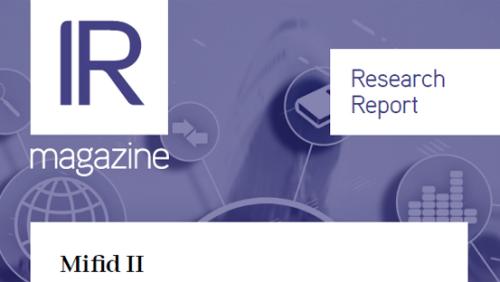Investor Relations surveys IROs on individual investors
Once upon a time, long, long ago (well, really just a couple of years ago), mutual fund monsters were taking over the world, gobbling up private savings and growing into giants. Then one day the magic internet bean was planted, and once it grew, it gave all the little people the same information as the mutual fund monsters, making them, all together, just as strong.
Indeed the stellar growth of mutual funds for a while looked like it was going to eclipse mom and pop investors. To some extent
You need to register to access 3 free deep dive articles per month. To continue reading please register or login below..
- Unlimited deep dives
- Data-driven research around key topics
- Buy-side insights
- Benchmarking reports
From
$1495










